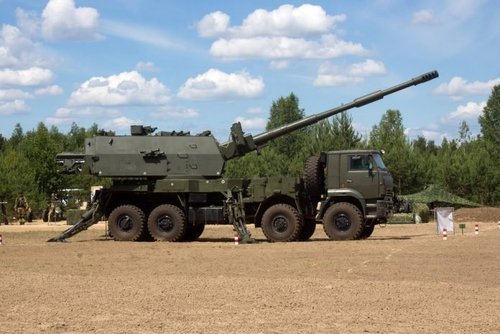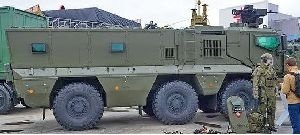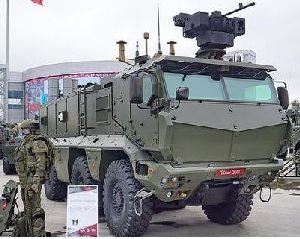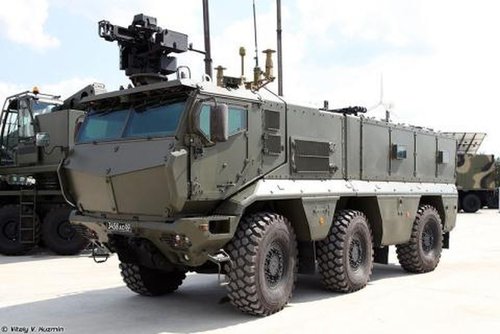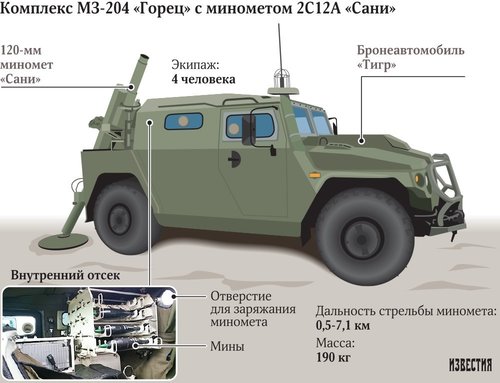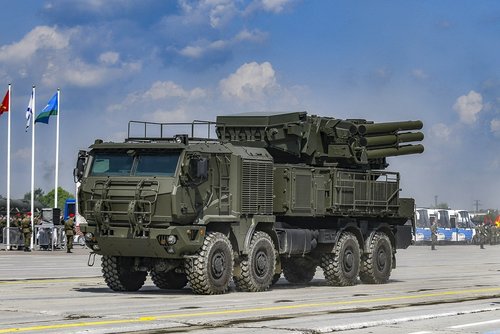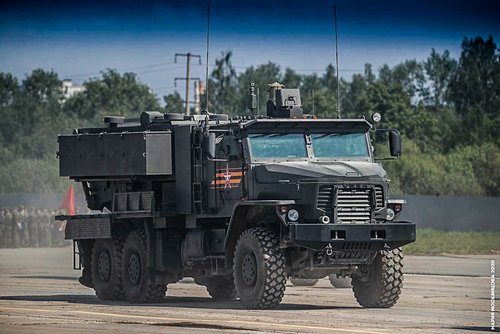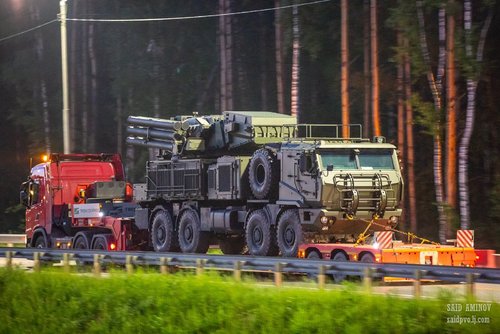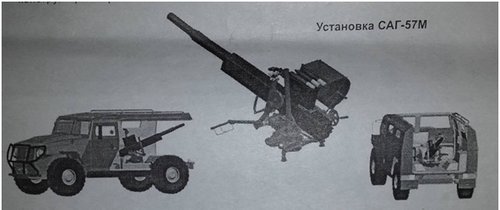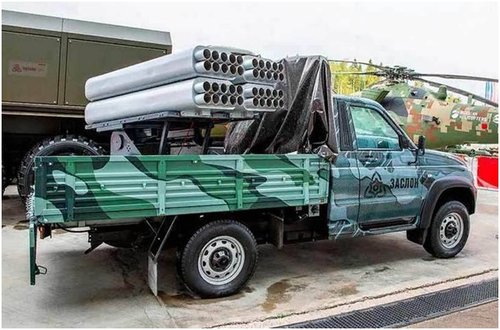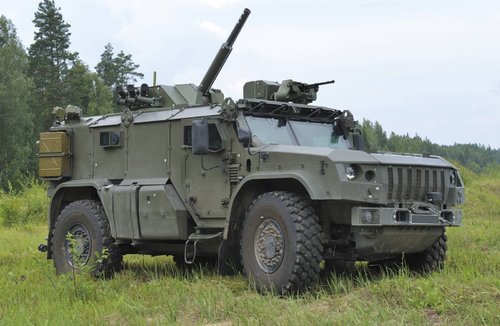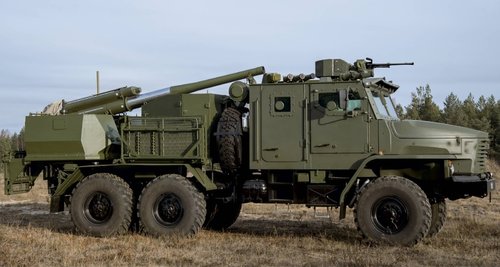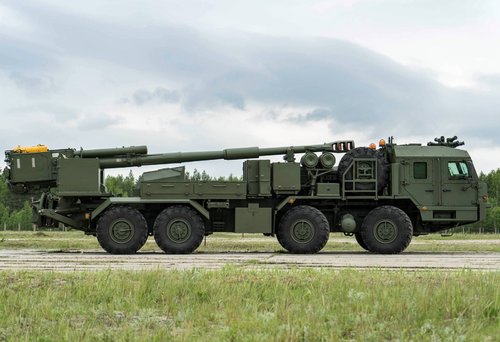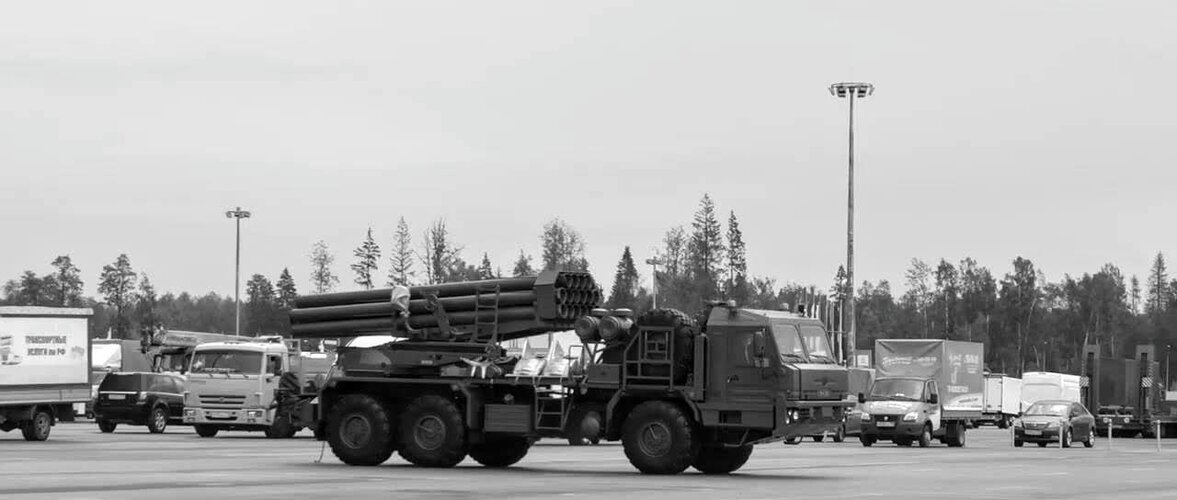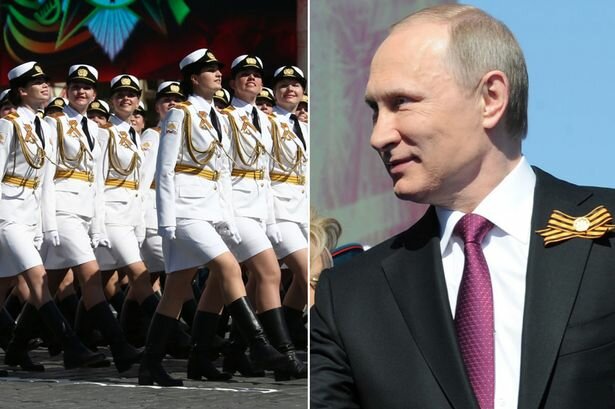- Joined
- 27 September 2006
- Messages
- 6,052
- Reaction score
- 6,153
" I have to tell the House that at 0700hrs this morning units of the United Kingdom Mobile Force have begun deploying in support of a request from NATO Supreme Allied Commander Europe for implementation of NATO operational plans to support the three Baltic countries of Estonia, Latvia and Lithuania.
Although I am not able to disclose the operating locations of our forces, I can confirm that the following units have been involved.
The Lyneham Transport Wing of the Royal Air Force equipped with HS 681 Aldershot aircraft able to operate from forward airbases in all three countries.
Numbers 1, 6 and 54 Squadron of the Royal Air Force equipped with HS 1154 Harrier aircraft able to operate from motorways and other forward operating areas.
Elements of the 16th Parachute Brigade equipped with Contentious tanks and 155mm airportable guns.
In addition, the UK has confirmed to SACEUR that the TSR 2 wing at Coningsby will begin exercising in support of his European airplan."
Well, of course none of that is possible, NATO has been significantly degraded. In the Cold War era NATO could have deployed its multinational ACE Mobile Force, including British air and land units to the Baltic States. In addition the US would have begun moving its reserve divisions in the US, both Army and Marine, to higher states of readiness to commence implementing the elaborate reinforcement plans then in place.
With no NATO ground units in place in the Baltic States, President Putin may well find himself dragged into a confrontation with NATO by Russian populations who have some genuine grievances against the local governments. Without the ACE Mobile Force or its modern day equivalents, it is hard to see how NATO can demonstrate its ability to implement Article 5 defence commitments to these countries.
The parallels with West Berlin are not helpful either. There was no Russian minority in West Berlin. The Three Western allies were present there and had clear plans to defend their sectors of the city, which the Soviet Union realised would begin the ladder to nuclear escalation.
Because the Baltic States are members of NATO we are faced with the potential for a similar ladder of escalation. However, in the absence of a clear tripwire to warn Mr Putin from stepping on the first rung, the vagueness of the positiobn could embolden him to make that step himself if Russian nationalists feel threatened there.
Whatever happens in the Crimea and the Ukraine this is real problem facing a disunited NATO. Even if events in the Ukraine are resolved diplomatically, NATO membership of the Baltic States makes this scenario increasingly likely as Russian nationalism grows.
Although I am not able to disclose the operating locations of our forces, I can confirm that the following units have been involved.
The Lyneham Transport Wing of the Royal Air Force equipped with HS 681 Aldershot aircraft able to operate from forward airbases in all three countries.
Numbers 1, 6 and 54 Squadron of the Royal Air Force equipped with HS 1154 Harrier aircraft able to operate from motorways and other forward operating areas.
Elements of the 16th Parachute Brigade equipped with Contentious tanks and 155mm airportable guns.
In addition, the UK has confirmed to SACEUR that the TSR 2 wing at Coningsby will begin exercising in support of his European airplan."
Well, of course none of that is possible, NATO has been significantly degraded. In the Cold War era NATO could have deployed its multinational ACE Mobile Force, including British air and land units to the Baltic States. In addition the US would have begun moving its reserve divisions in the US, both Army and Marine, to higher states of readiness to commence implementing the elaborate reinforcement plans then in place.
With no NATO ground units in place in the Baltic States, President Putin may well find himself dragged into a confrontation with NATO by Russian populations who have some genuine grievances against the local governments. Without the ACE Mobile Force or its modern day equivalents, it is hard to see how NATO can demonstrate its ability to implement Article 5 defence commitments to these countries.
The parallels with West Berlin are not helpful either. There was no Russian minority in West Berlin. The Three Western allies were present there and had clear plans to defend their sectors of the city, which the Soviet Union realised would begin the ladder to nuclear escalation.
Because the Baltic States are members of NATO we are faced with the potential for a similar ladder of escalation. However, in the absence of a clear tripwire to warn Mr Putin from stepping on the first rung, the vagueness of the positiobn could embolden him to make that step himself if Russian nationalists feel threatened there.
Whatever happens in the Crimea and the Ukraine this is real problem facing a disunited NATO. Even if events in the Ukraine are resolved diplomatically, NATO membership of the Baltic States makes this scenario increasingly likely as Russian nationalism grows.

